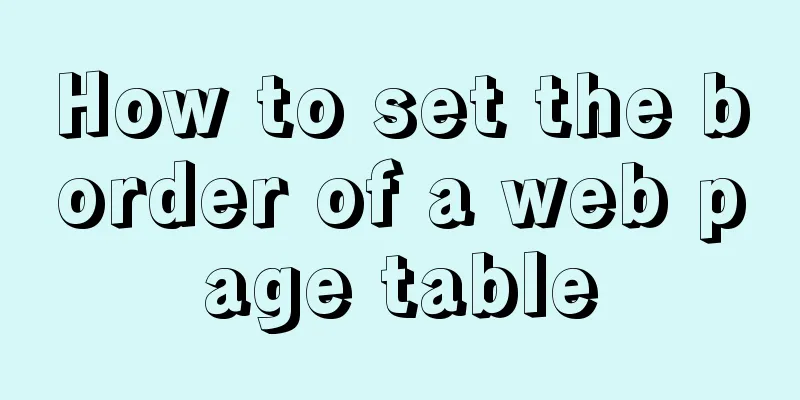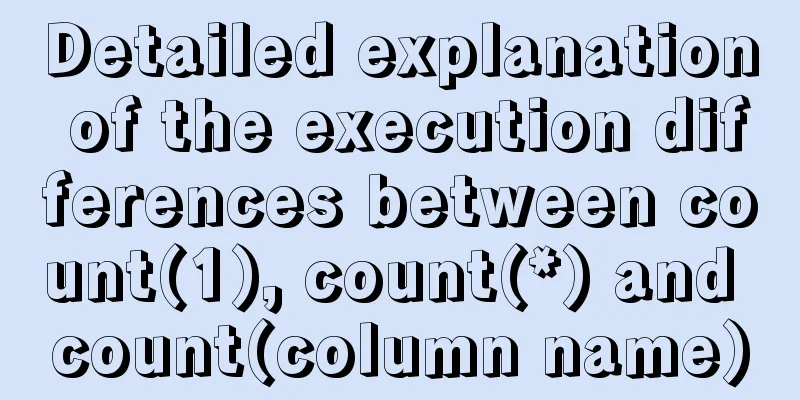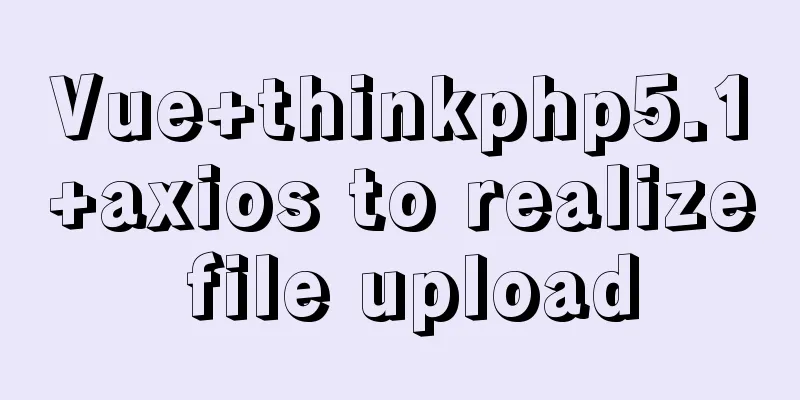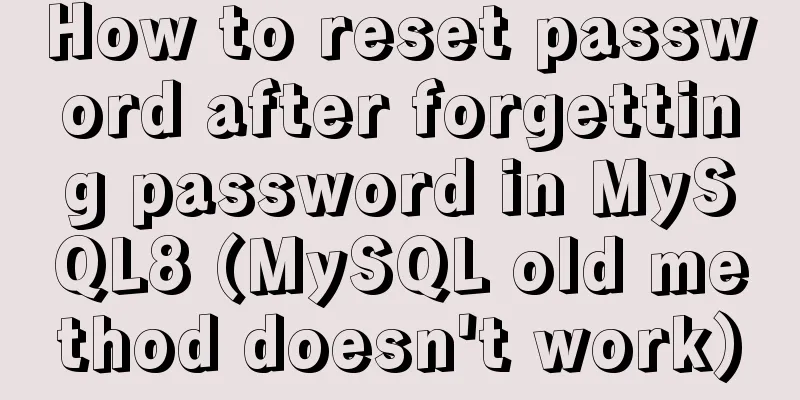How to use Tencent slider verification code in Vue3+Vue-cli4 project

Introduction:Compared with traditional image verification codes, the slider verification code has the following advantages:
Since there is a lack of information on how to apply Tencent's slider verification code in the combined API in Vue3 on the Internet and Tencent API documents, this tutorial is provided. I am not an expert in Vue, and my understanding of Vue is only at the level of basic use. If there are any mistakes, please point them out. start:First, we need to go to Tencent Cloud to apply for a graphics verification API and select our own usage scenario. After completing the steps, we will get CaptchaAppId and AppSecretKey. These two things are the parameters used by our server to verify the results later.
To use it in Vue3, you first need to import Tencent verification code js in the index.html of the public folder. <script src="https://ssl.captcha.qq.com/TCaptcha.js"></script> In the component that needs to use the slider verification code, bind a method for the login button. And add the following two fields Here is my example written like this
export default {
name: "Login",
setup() {
const loginForm = reactive({
accountName: '',
accountPassword: '',
ticket: '',
randstr: ''
})
return {
loginForm
}
}
}Login button binding method
export default {
name: "Login",
setup() {
const loginForm = reactive({
accountName: '',
accountPassword: '',
ticket: '',
randstr: ''
})
const loginPost = () => {
let captcha = new window.TencentCaptcha(config.app_id, res => {
loginForm.randstr = res.randstr;
loginForm.ticket = res.ticket;
userLogin(loginForm).then(resp => {
if (resp.code === 200) {
//Logic after successful login} else {
//Logic after login failure}
}).catch(() => {
ElMessage.error({
message: 'System error! Please try again later! '
})
})
})
captcha.show();
}
return {
loginPost,
loginForm
}
}
}The above is the code written in vue, but it only implements the operation of users completing the verification code. The specific final judgment logic must be implemented in our backend. We use Springboot on the back end to implement verification operations. First, we need to introduce the Maven dependency of Tencent SDK <!-- Tencent SDK-slider verification code dependency--> <dependency> <groupId>com.tencentcloudapi</groupId> <artifactId>tencentcloud-sdk-java</artifactId> <version>4.0.11</version> </dependency> We create a new class in the utils package.
public class DescribeCaptchaResult {
@Value("${Tencent.SecretId}")
private String secretId;
@Value("${Tencent.SecretKey}")
private String secretKey;
@Value("${Tencent.CaptchaAppId}")
private int captchaAppId;
@Value("${Tencent.AppSecretKey}")
private String appSecretKey;
public JSONObject getTencentCaptchaResult(String ticket, String randstr, String userIp) {
try {
// Instantiate an authentication object. The parameters need to be passed in the Tencent Cloud account secretId and secretKey. Here, you also need to pay attention to the confidentiality of the key pair. // The key can be obtained at https://console.cloud.tencent.com/cam/capi. Credential cred = new Credential(secretId, secretKey);
// Instantiate an http option, optional, you can skip HttpProfile if there is no special requirement httpProfile = new HttpProfile();
httpProfile.setEndpoint("captcha.tencentcloudapi.com");
// Instantiate a client option, optional, you can skip ClientProfile if there is no special requirement clientProfile = new ClientProfile();
clientProfile.setHttpProfile(httpProfile);
// Instantiate the client object to request the product, clientProfile is optional CaptchaClient client = new CaptchaClient(cred, "", clientProfile);
//Instantiate a request object. Each interface will correspond to a request object DescribeCaptchaResultRequest req = new DescribeCaptchaResultRequest();
req.setCaptchaType(9L);
req.setTicket(ticket);
req.setRandstr(randstr);
req.setUserIp(userIp);
req.setCaptchaAppId((long) captchaAppId);
req.setAppSecretKey(appSecretKey);
// The returned resp is an instance of DescribeCaptchaResultResponse, corresponding to the request object DescribeCaptchaResultResponse resp = client.DescribeCaptchaResult(req);
// Output the string in JSON format return JSONObject.parseObject(DescribeCaptchaResultResponse.toJsonString(resp));
} catch (TencentCloudSDKException e) {
throw new ServiceException(e.getMessage());
}
}
}The following is a breakdown of the parameters required by this class. |
| parameter | Analysis |
|---|---|
| secretId | SecretId is the API key ID of your Tencent Cloud account (recommended to use a sub-account for authorization) |
| secretKey | SecretKey is the API key of your Tencent Cloud account (it is recommended to use a sub-account for authorization) |
| captchaAppId | captchaAppId is the Tencent verification code API key you applied for |
| appSecretKey | appSecretKey is the Tencent verification code API key you applied for |
| ticket | Ticket is the parameter returned after the verification code of the front-end slider is verified |
| randstr | randstr is the parameter returned after your front-end slider verification code verification |
| userIp | userIp is the IP obtained by your business layer |
{
"Response": {
"RequestId": "3b61a17b-cb38-470e-802c-b6242faf81ac",
"CaptchaCode": 1,
"CaptchaMsg": "OK",
"EvilLevel": 0,
"GetCaptchaTime": 1583749870
},
"retcode": 0,
"retmsg": "success"
}For other specific parameters, please refer to Tencent API documentation: https://cloud.tencent.com/document/product/1110/36926
I read the value of CaptchaCode here. If the value is 1, the verification code is successfully verified. If it is not 1, the verification fails.
//Verify the verification code JSONObject tencentCaptchaResult = captchaResult.getTencentCaptchaResult(ticket, randstr, clientIp);
int captchaCode = Integer.parseInt(tencentCaptchaResult.getString("CaptchaCode"));
if (captchaCode != 1) {
throw new ServiceException("Verification code error!");
}
//...Subsequent business logicFollow-up
In Tencent Cloud, you can also set more things for the verification code, such as the theme of the verification code, the scene configuration of the verification code, the level of malicious interception of the verification code, etc. .


You can also see the number of verification code requests in the background

I feel that the backend and frontend can be further encapsulated to make the code more concise. Alibaba Cloud has other new verification codes that I haven't tried yet. I personally feel that Tencent's verification code is pretty good to use, but the API documentation is a bit poor and there is very little information.
This is the end of this article about how to use Tencent slider verification code in Vue3+Vue-cli4 project. For more relevant vue Tencent slider verification code content, please search 123WORDPRESS.COM's previous articles or continue to browse the following related articles. I hope everyone will support 123WORDPRESS.COM in the future!
- Vue+elementui realizes dragging the slider puzzle verification
- Vue implements mobile slider verification
- Vue implements slider verification when logging in
- Practice of integrating Vue with Alibaba Cloud for slider verification
- Vue implements simple slider verification
- Use konva and vue-konva libraries to implement drag slider verification function
- VUE access Tencent verification code function (slider verification) memo
- Vue implements the drag slider verification function (only css+js without background verification steps)
- vue-cli custom directive directive add validation slider example
- How to encapsulate the image slider verification component in Vue
<<: How to clear default styles and set common styles in CSS
>>: HTML basic syntax is convenient for those who are just starting to learn HTML
Recommend
How to build php7 with docker custom image
First, perform a simple Docker installation. To c...
Solve the problem of not finding NULL from set operation to mysql not like
An interesting discovery: There is a table with a...
Unity connects to MySQL and reads table data implementation code
The table is as follows: Code when Unity reads an...
MySQL kill command usage guide
KILL [CONNECTION | QUERY] processlist_id In MySQL...
CSS code for arranging photos in Moments
First, you can open Moments and observe several l...
Example analysis of MySQL startup and connection methods
Table of contents How to start mysqld Method 1: m...
MySql development of automatic synchronization table structure
Development Pain Points During the development pr...
Summary of the advantages of Vue3 vs. Vue2
Table of contents 1. Why do we need vue3? 2. Adva...
Vue simple registration page + send verification code function implementation example
Table of contents 1. Effect display 2. Enhanced v...
How to use vue-video-player to achieve live broadcast
Table of contents 1. Install vue-video-player 2. ...
How to upgrade MySQL 5.6 to 5.7 under Windows
Written in front There are two ways to upgrade My...
Several ways to submit HTML forms_PowerNode Java Academy
Method 1: Submit via the submit button <!DOCTY...
Various transformation effects of HTML web page switching
<META http-equiv="Page-Enter" CONTENT...
JavaScript implements the pot-beating game of Gray Wolf
1. Project Documents 2. Use HTML and CSS for page...
Implementation of modifying configuration files in Docker container
1. Enter the container docker run [option] image ...










